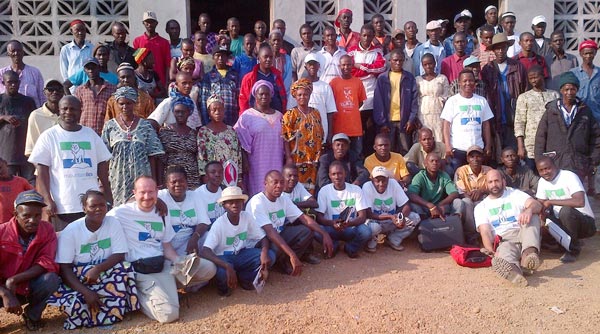Having dealt with a spate of heritage-related issues – on the table again this week with concerns about a Winterbourne gravel pit – Woolwich is moving closer to adopting a committee to help guide council through the issues.
Meeting Tuesday night, councillors approved the terms of reference for a heritage committee, including setting a target of a minimum of seven members.
The decision came at the final meeting for Ward 3 councillor Bonnie Bryant, who had spearheaded the reintroduction of a historical committee. Councillors met for the last time this term, with a new council set to be sworn-in on December 9.
The township once had a Local Architectural Conservation Advisory Committee (LACAC), but it was disbanded in the 1990s. With heritage issues front and center through much of the debate around gravel pits, especially in West Montrose, council saw the need for another advisory body.
In recent years, the township has dealt with a cultural heritage landscape designation for the area around the covered bridge, heritage listings for the likes of the old municipal halls in Elmira and Conestogo, and the proposed closures of St. Boniface school in Maryhill and St. Jacobs Public School, both with historical elements. Likewise, there have been concerns about the fate of churches in Winterbourne (Chalmers Presbyterian) and West Montrose (United).
Under the terms of reference approved November 25, the Woolwich Heritage Committee will be charged with providing advice to council on cultural heritage matters; promoting cultural heritage awareness, education, stewardship and conservation; and recognizing excellence in the cultural heritage community in Woolwich.
It will consist of seven to 12 members. A minimum of seven provides for good community representation, while a maximum of 12 keeps the committee manageable, explained director of engineering and planning Dan Kennaley.
Coun. Julie-Anne Herteis, wary about imposing extra costs and restrictions on the owners of heritage properties, questioned the role of the committee, with Kennaley noting it would serve in an advisory capacity only; the decisions would still rest with council.
The concerns raised by Herteis through previous heritage discussions are also shared by Coun. Mark Bauman. A contractor, he said he’s seen firsthand the issue with designated buildings. The older they are, the more costly they can be to fix up, and some of them just don’t warrant the expense.
Practical concerns, such as delays in building permits even when the work being done does not involve the heritage features of a building, often get lost in the shuffle, he said.
For Bryant, the loss of so many heritage buildings is reason enough to have a committee that will assess the issue. She noted that the township should protect cultural heritage or risk losing out on tourism dollars.
Further action on the committee’s development will come in the next term of council.








